Vietnam Travel Infomation
Must-Visit Sapa Vietnam Top Attractions Travel Guide
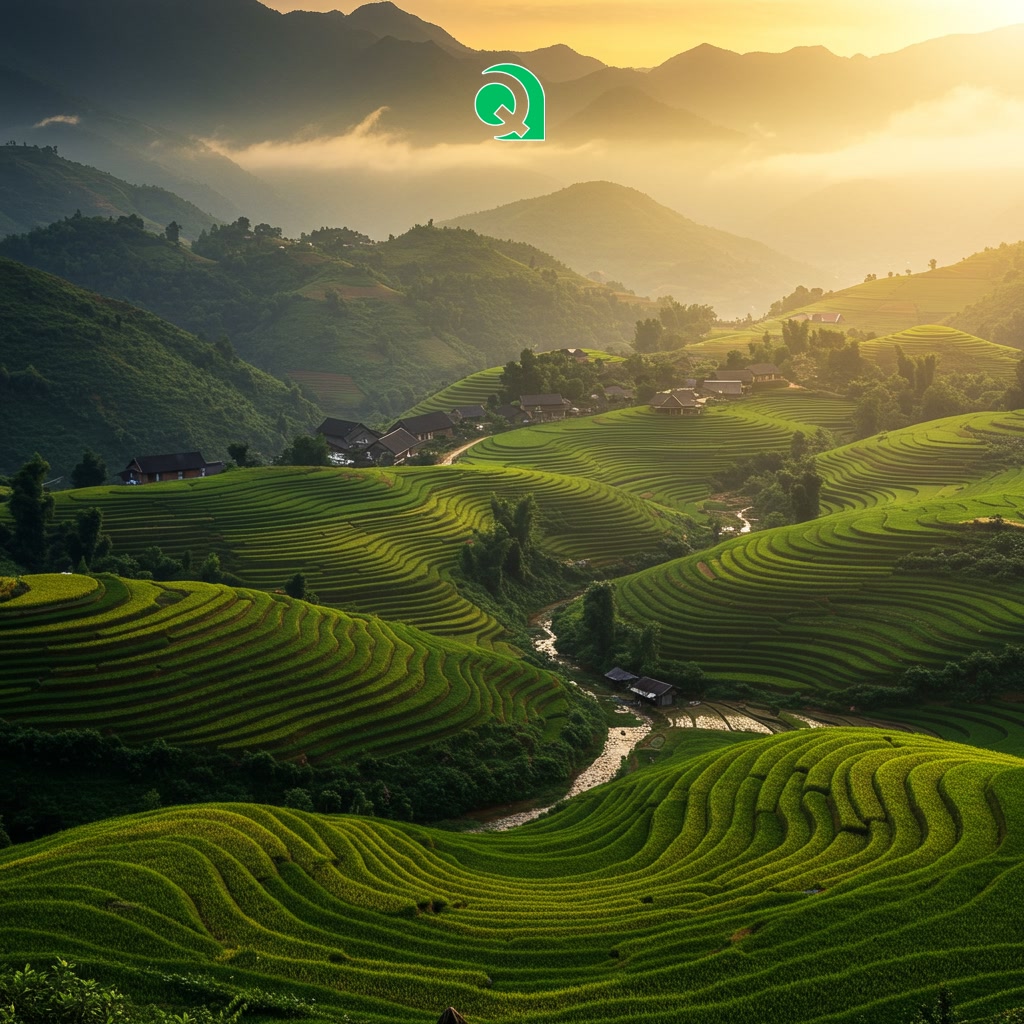
This travel guide highlights the essential sights and experiences for visitors exploring Sapa, Vietnam. It provides a curated list of the top attractions that are considered must-visits for travelers. The guide aims to help plan an unforgettable trip by focusing on the most popular and significant places in the region. It serves as a practical resource for navigating Sapa’s key destinations.
Section 1: Welcome to Sapa: An Overview of the Must-Visit Destination
Welcome to Sapa, a breathtaking highland town nestled in the Hoàng Liên Sơn mountain range of northern Vietnam. Known for its stunning natural landscapes, Sapa is a premier destination for travelers seeking adventure, cultural immersion, and unparalleled scenic beauty. The region is famous for its cascading rice terraces carved into steep hillsides, often shrouded in mist, creating a mystical atmosphere. Sapa is also home to a rich tapestry of ethnic minority groups, including the Hmong, Dao, Tay, and Giay people, whose vibrant traditions and unique lifestyles add a profound cultural dimension to the visitor experience. This overview introduces you to the essence of Sapa, highlighting why it stands out as a must-visit location for anyone exploring Vietnam.
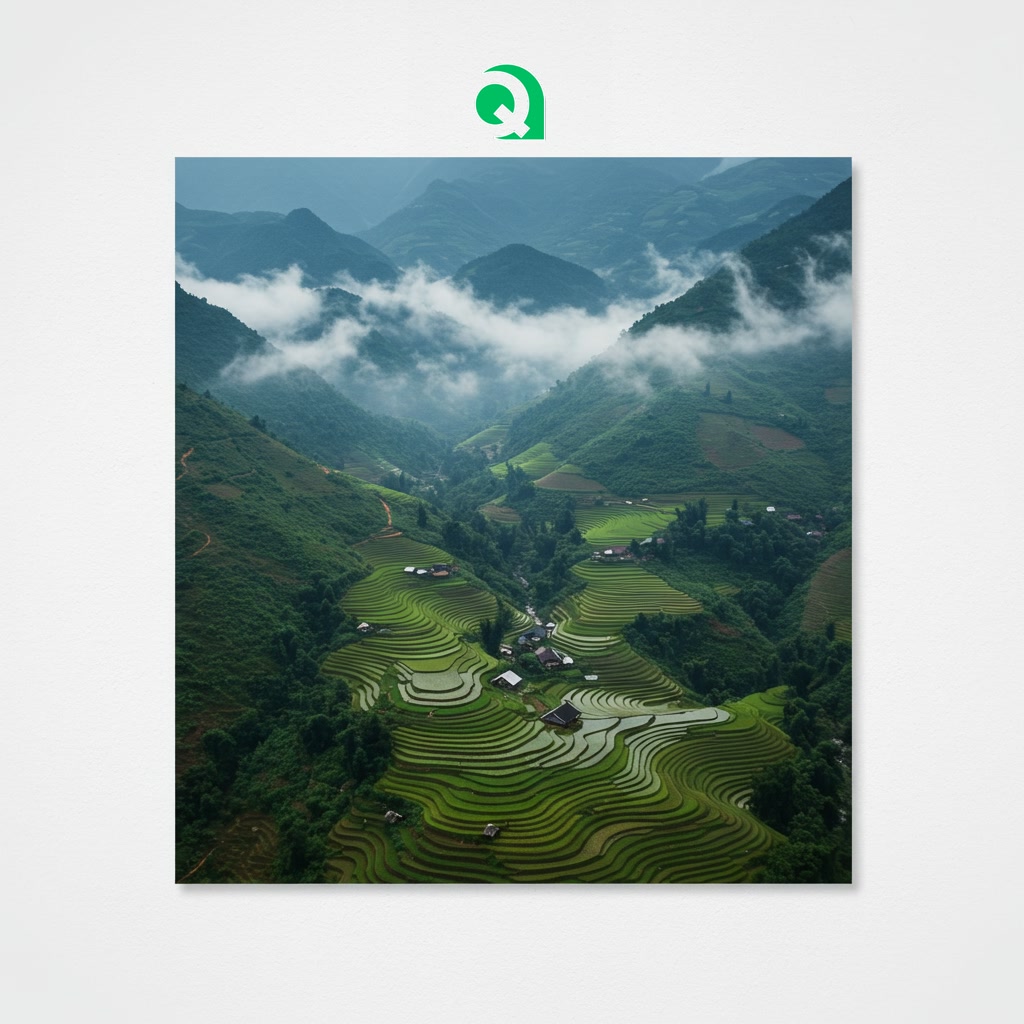
Welcome to Sapa: An Overview of the Must-Visit Destination
Section 2: Getting to Sapa: Travel Options and Routes
Getting to Sapa requires traveling from major hubs, most commonly Hanoi. The most popular option is the overnight train from Hanoi to Lao Cai station, a scenic journey taking roughly 8-9 hours. From Lao Cai, it’s a further one-hour transfer by bus or taxi up the winding mountain road to Sapa town. Alternatively, comfortable sleeper buses offer a direct route from Hanoi, taking around 5-6 hours, often via the new expressway. For those seeking more flexibility or a quicker trip, private car or minivan services are also available, though typically more expensive. Each option offers a unique perspective on the journey through Vietnam’s stunning northern landscapes.
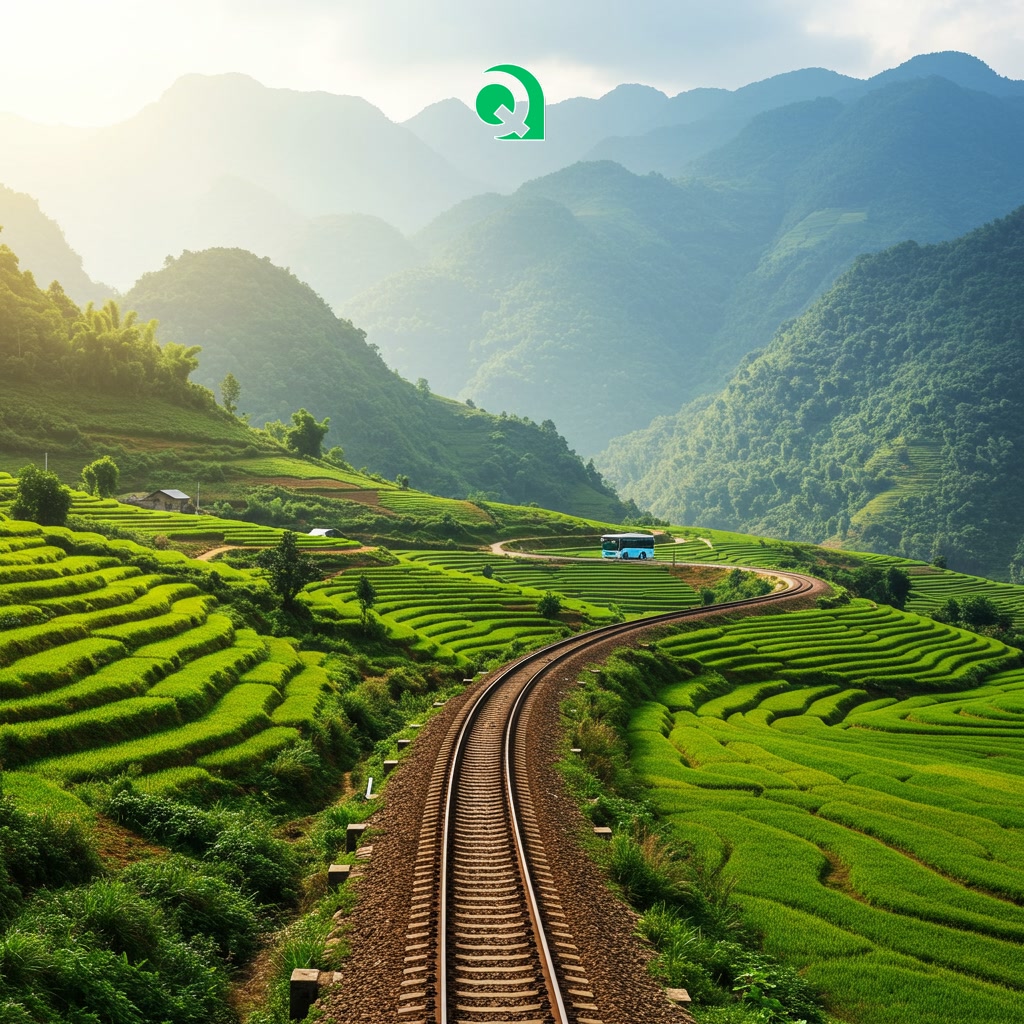
Getting to Sapa: Travel Options and Routes
Section 3: Sapa’s Top Natural Attractions: Mountains, Valleys, and Waterfalls
Having arrived in Sapa, visitors are immediately captivated by its stunning natural landscapes. The region is dominated by the majestic Hoang Lien Son mountain range, home to Fansipan, the highest peak in Indochina. The valleys below are equally spectacular, particularly the Muong Hoa Valley, famous for its intricate terraced rice fields that cascade down the hillsides, changing color with the seasons. Scattered throughout this dramatic terrain are beautiful waterfalls, such as Thac Bac (Silver Waterfall), which tumbles down a rocky cliff face, adding to the visual splendor. Exploring these natural wonders, whether by trekking through the rice paddies or admiring the panoramic views from viewpoints, is an essential part of the Sapa experience.
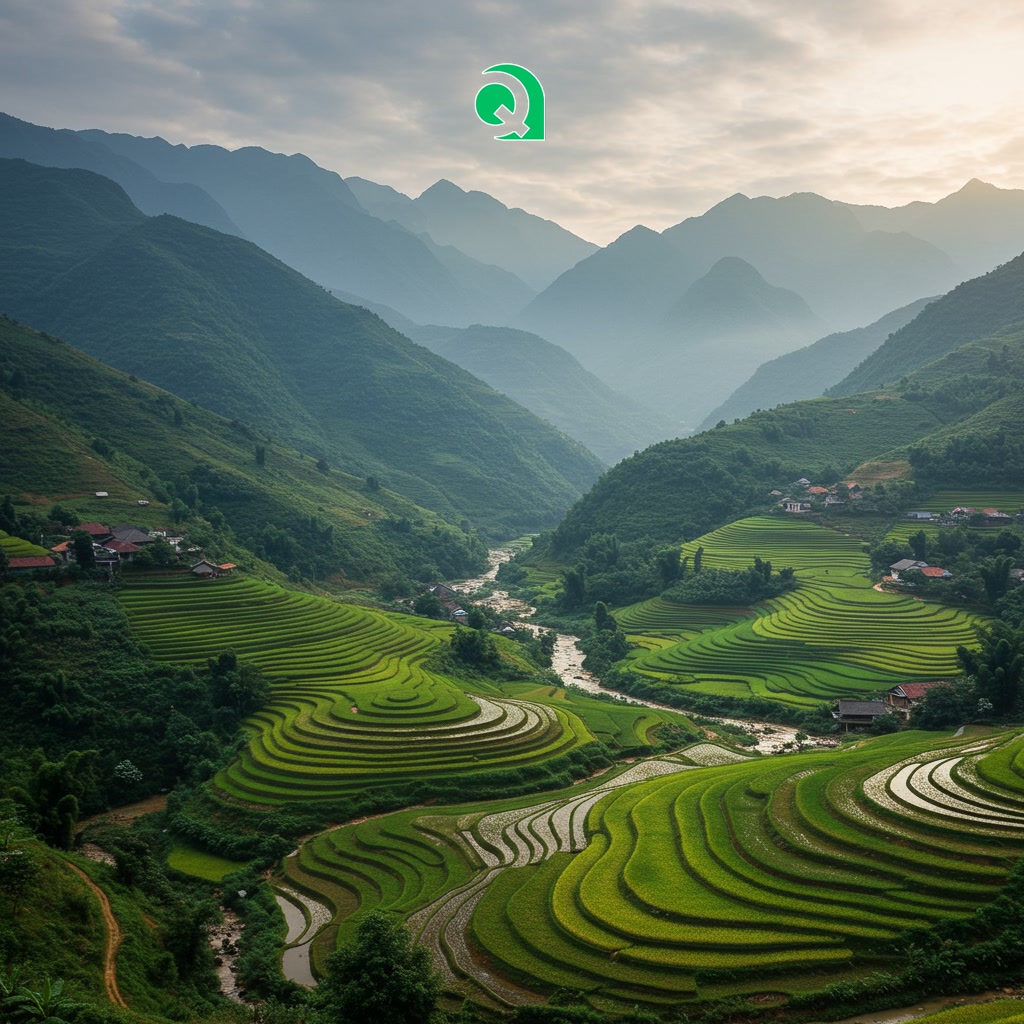
Sapa’s Top Natural Attractions: Mountains, Valleys, and Waterfalls
Section 4: Exploring Sapa’s Culture: Ethnic Villages and Local Markets
Beyond the breathtaking natural scenery, Sapa offers a deep dive into the rich cultural tapestry of Vietnam’s ethnic minorities. Visiting the surrounding villages, such as Cat Cat, Ta Van, or Lao Chai, provides a unique opportunity to interact with communities like the H’mong, Dao, and Tay. Travelers can witness their daily life, traditional stilt houses, intricate handicrafts, and vibrant indigo-dyed clothing. The bustling Sapa market is another essential cultural experience, where various ethnic groups converge to trade goods, from fresh produce and livestock to beautifully embroidered textiles and silver jewelry. Exploring these villages and markets offers invaluable insights into the diverse customs, traditions, and resilience of the people who call this mountainous region home, providing a stark contrast and complement to the vast landscapes.
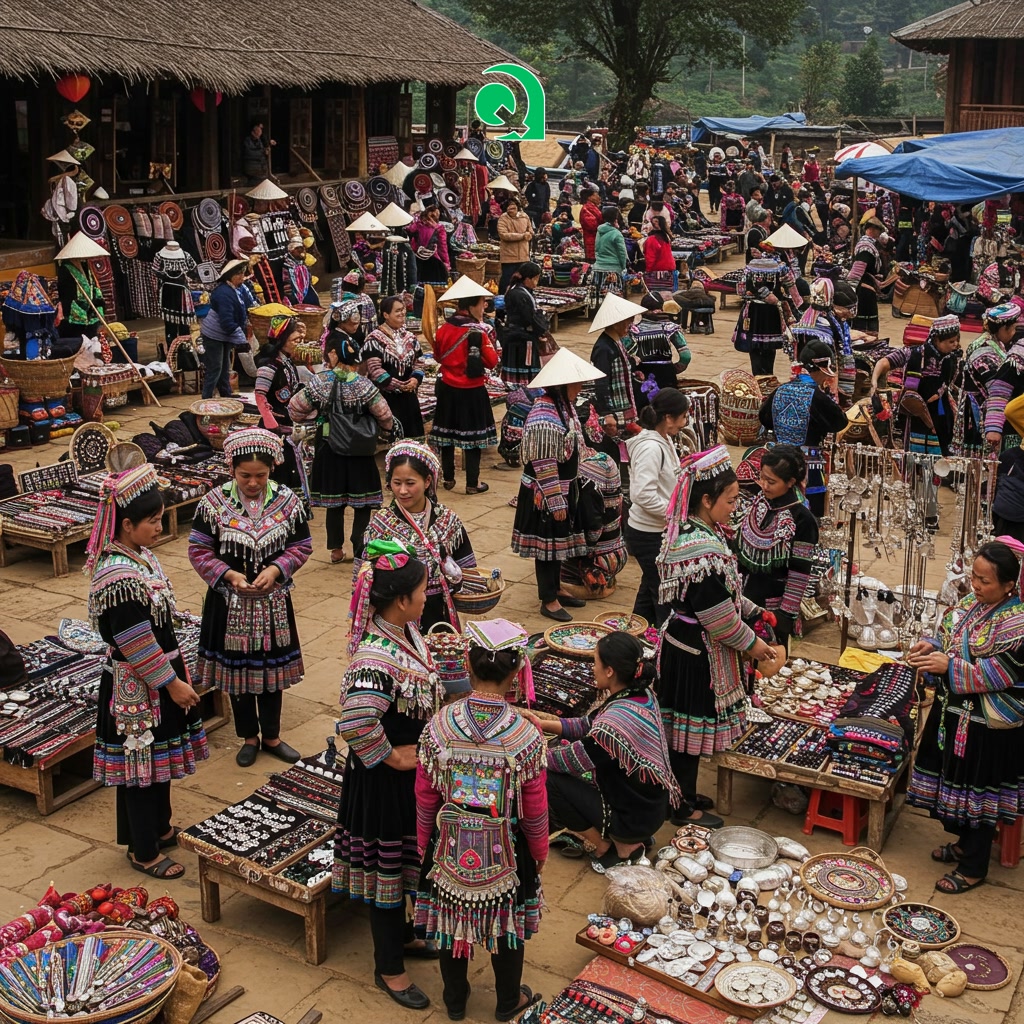
Exploring Sapa’s Culture: Ethnic Villages and Local Markets
Section 5: Activities and Experiences: What to Do in Sapa
Beyond exploring ethnic villages, Sapa is renowned for its incredible trekking opportunities, which are central to the visitor experience. Hiking through the breathtaking landscape is a must-do activity, offering stunning views of cascading rice terraces, lush valleys, and distant mountain peaks like Fansipan. Treks vary in difficulty and length, allowing visitors to choose routes that suit their fitness levels, often leading to deeper immersion in the natural beauty and providing chances to interact with friendly local people from various ethnic minority groups along the way. In addition to hitting the trails, visitors can wander through the charming Sapa town itself, explore the bustling local market to find unique handicrafts and fresh produce, or simply relax and enjoy the cool mountain air while trying local coffee or tea, rounding out a diverse set of activities available.
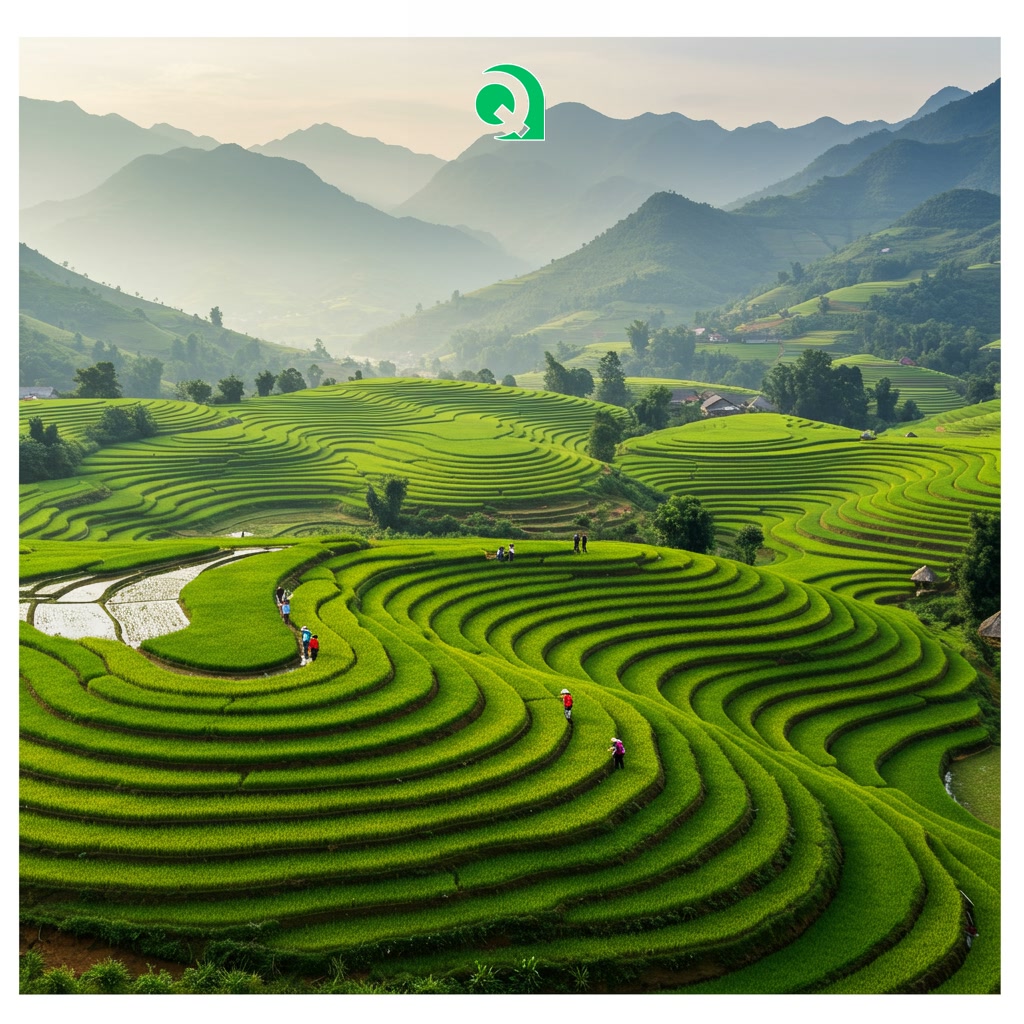
Activities and Experiences: What to Do in Sapa
Section 6: Practical Travel Tips for Visiting Sapa
Planning your trip to Sapa involves considering a few practical aspects to ensure a smooth experience. The best time to visit is generally during the dry season, from September to November or March to May, offering pleasant weather for trekking and sightseeing. Packing layers is essential, as temperatures can vary significantly throughout the day and depending on altitude; include rain gear regardless of the season. Comfortable walking shoes are a must for exploring villages and trails. Familiarize yourself with local customs, especially when visiting ethnic minority communities, and always ask permission before taking photos of people. Cash is the primary mode of payment in many areas, so carry sufficient Vietnamese Dong. Getting around Sapa town is easy on foot, while motorbikes or hired cars are useful for reaching more distant attractions and trekking points. Booking accommodation and popular tours in advance, especially during peak season, is highly recommended.
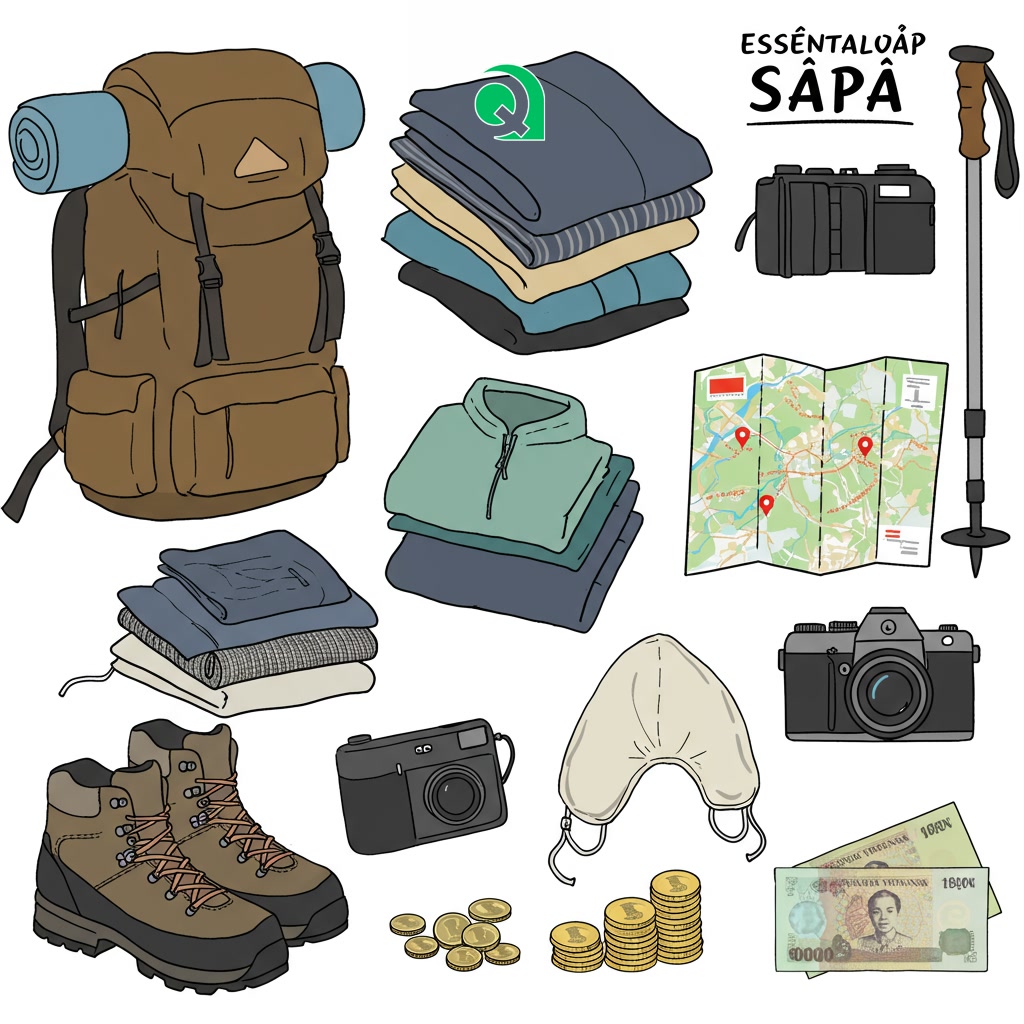
Practical Travel Tips for Visiting Sapa

